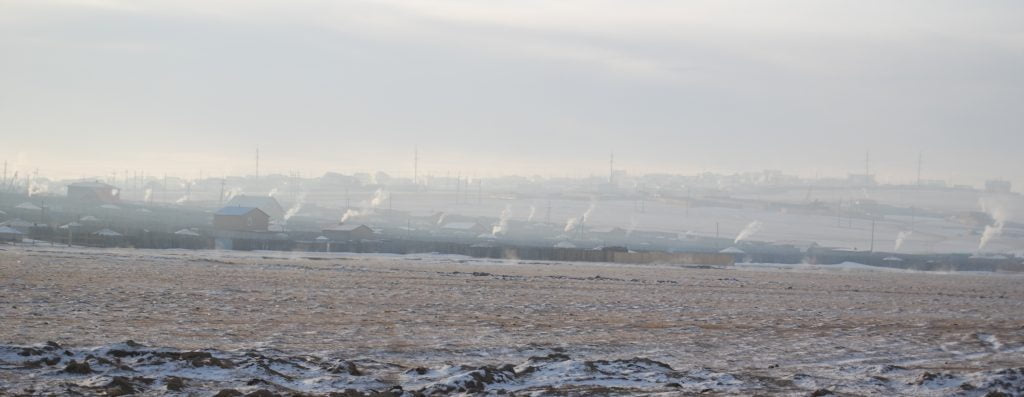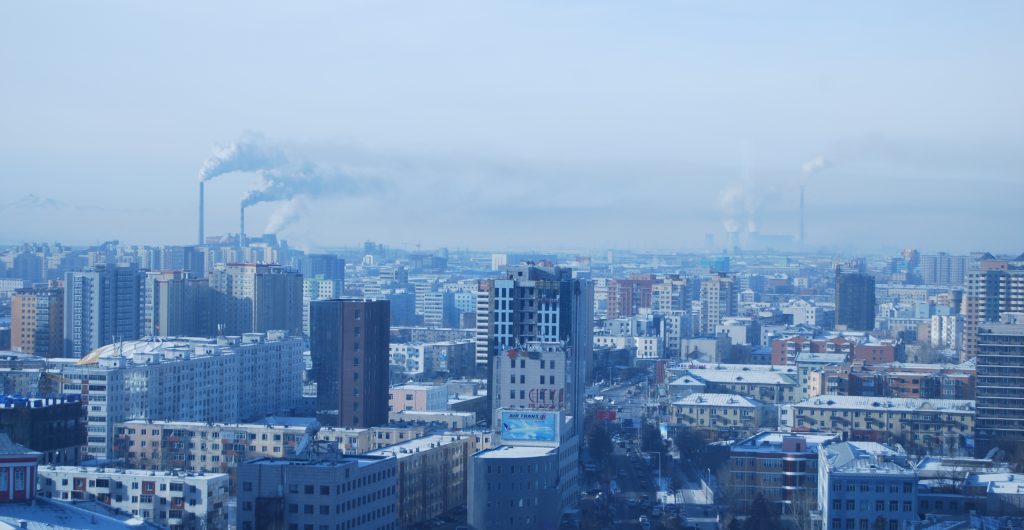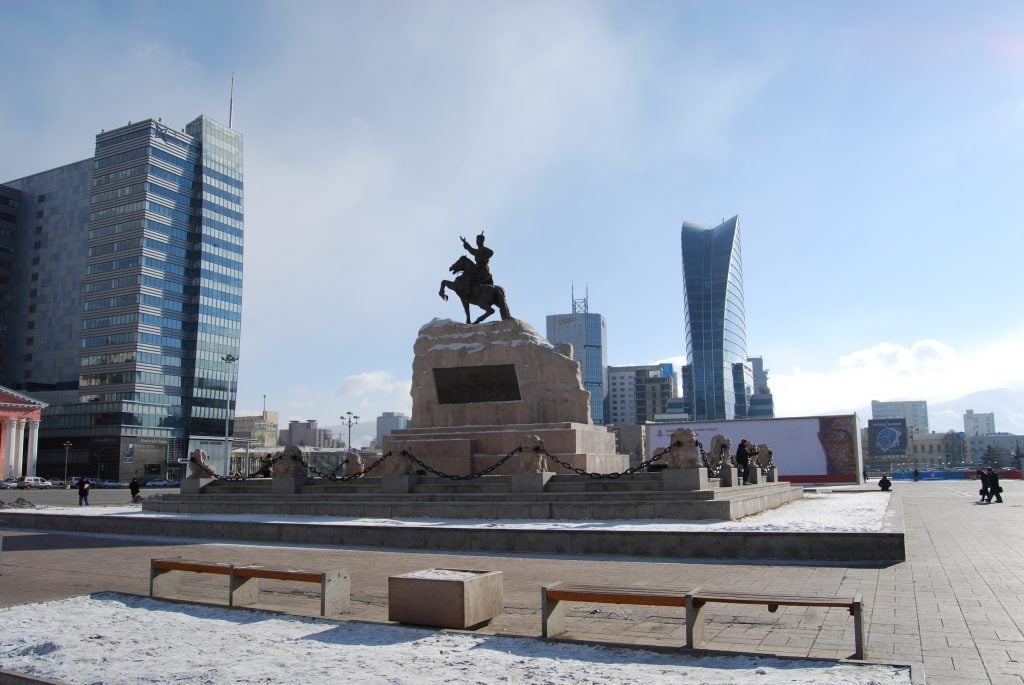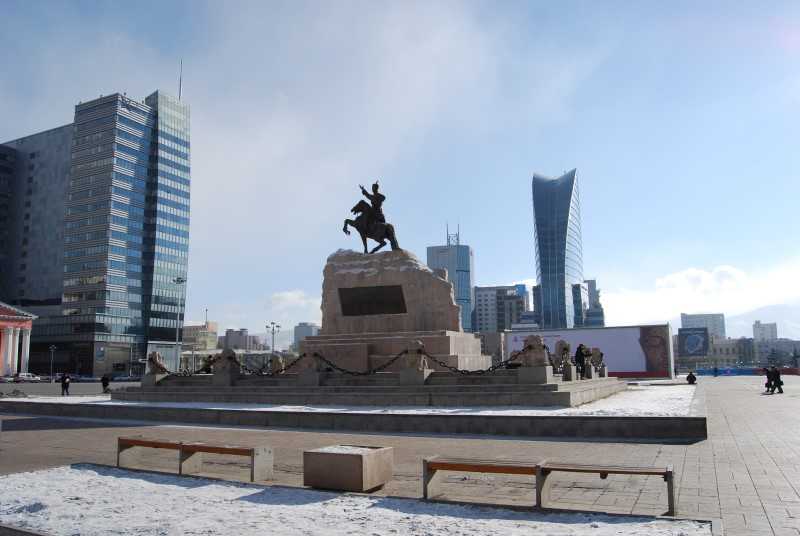I couldn’t resist traveling to Ulaanbaatar, Mongolia after attending the ice festival in Harbin, China. Fortunately, the sub-freezing temperatures in Northern China had prepared me well for Mongolia’s frigid winter weather.
After I took care of business in Ulaanbaatar, I carefully prepared for my winter travel adventure in the Mongolian steppe. This trip to Mongolia was one of my all time favorites due to the combination of a mystical natural landscape and cultural history.
I have decided to separate my trip to the Mongolian steppe into another post. The focus of this post is about the good and bad aspects of Ulaanbaatar.
Basic Mongolia facts:
- The predominant religion in Mongolia is Tibetan Buddhism.
- The Mongolian people are 97% Mongol and 3% Kazakh.
- The official language is Mongolian.
- The capital city of Mongolia is Ulaanbaatar.
- Their currency is the Tughrik.
- The world’s second largest landlocked country is Mongolia.
Air Pollution in Ulaanbaatar, Mongolia
About 40% of Mongolia’s population lives in the capital city – Ulaanbaatar. According to the 2016 census, the population of the city was 3.083 million people.
Unfortunately, the city infrastructure has been unable to properly absorb the surging population. As a result, many of Ulaanbaatar’s new residents are congregated on the city’s outskirts in “gers”. Gers are the traditional homes of the Mongol nomads that are similar to tents.
This semi-nomadic lifestyle results in residents burning coal as their sole source of heat. As a result, this creates a massive air pollution problem in Ulaanbaatar, Mongolia.

Furthermore, coal is plentiful in Mongolia and it is also the primary source of heat and electricity within the developed part of the city. This exacerbates an already smoggy skyline. Mongolians are doing their level best to resolve the issue with alternative power sources. However, the changes are difficult to implement. For now, they must endure the severe air pollution.

Things to do in Ulaanbaatar, Mongolia
Fortunately, the wind was blowing in the right direction for part of my stay. As a result, exploring the city was more enjoyable with blue skies and clean air. Furthermore, my accommodation in Ulaanbaatar was The Blue Sky Hotel & Tower.
The Blue Sky Hotel & Tower is located in the city center with close access to the Sukhbaatar Square. Sukhbaatar was a legendary Mongolian patriot and his statue is the prominent feature of the square.

Hopefully, you brought your ice skates with you because there is a nice skating rink located near the statue. That is the Blue Sky Hotel & Tower again glimmering in the photo background.

The government office building complex is also adjacent to Sukhbaatar Square.

Furthermore, the Museum of National History is a good way to spend the afternoon. Indeed, the Mongol Empire once ruled all of Asia and threatened the borders of Europe. Visit the museum to get acquainted with the entire history of Mongolia, from the Stone Age to the modern era.
Mongolian Cashmere
Also, when you are in Ulaanbaatar, stop by the Gobi Cashmere Factory Store. Fortunately, it was in close proximity to Sukhbaatar Square and also my hotel. Indeed, Mongolia produces approximately 35-40% of the world’s cashmere.
Mongolia’s harsh climate is what creates the conditions for production of the finest cashmere in the world. As a result, the sweaters, socks and other cashmere products are soft, warm and durable. You will appreciate the quality of the cashmere if you are traveling there during winter as I was.

Additional Post You May Enjoy:

